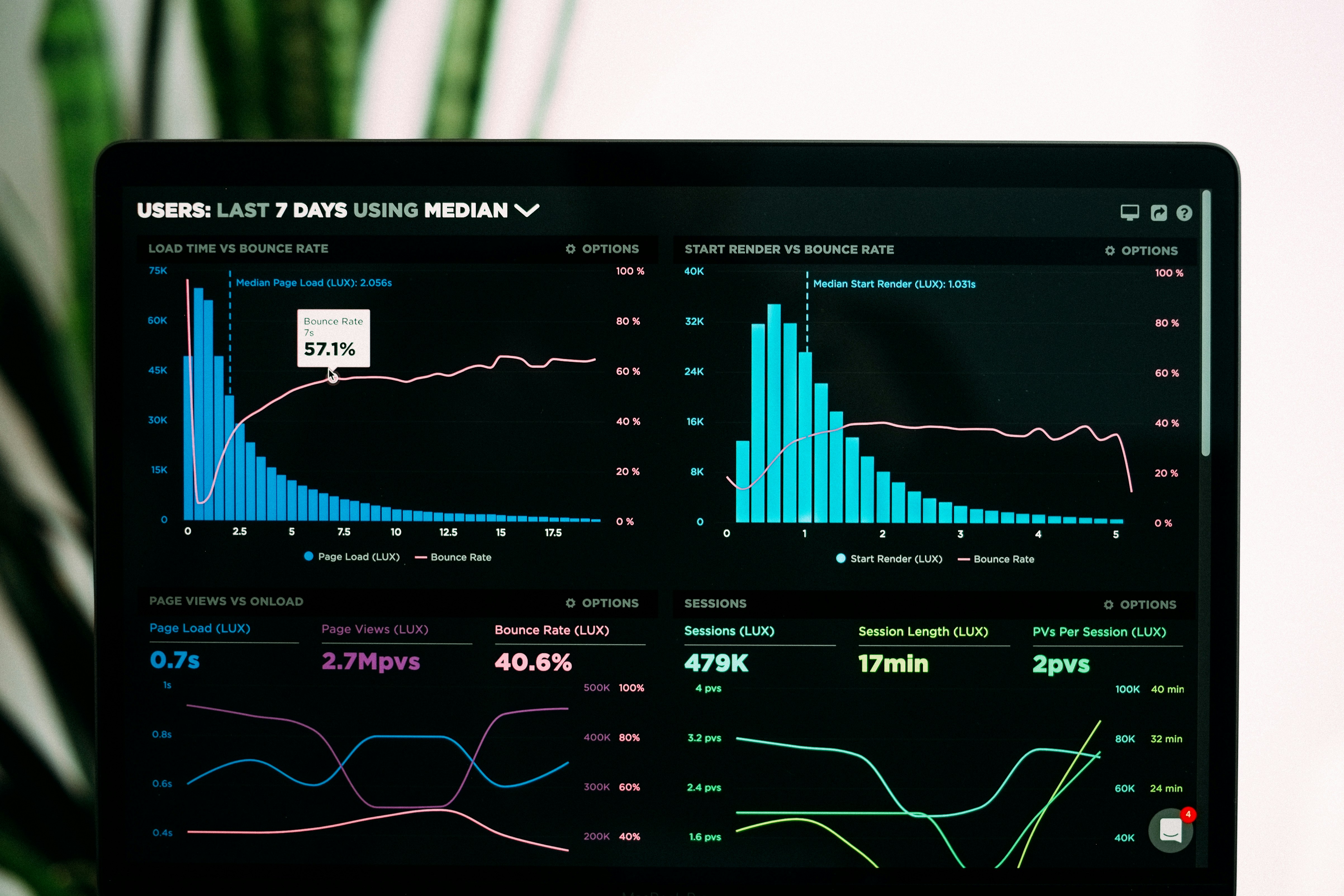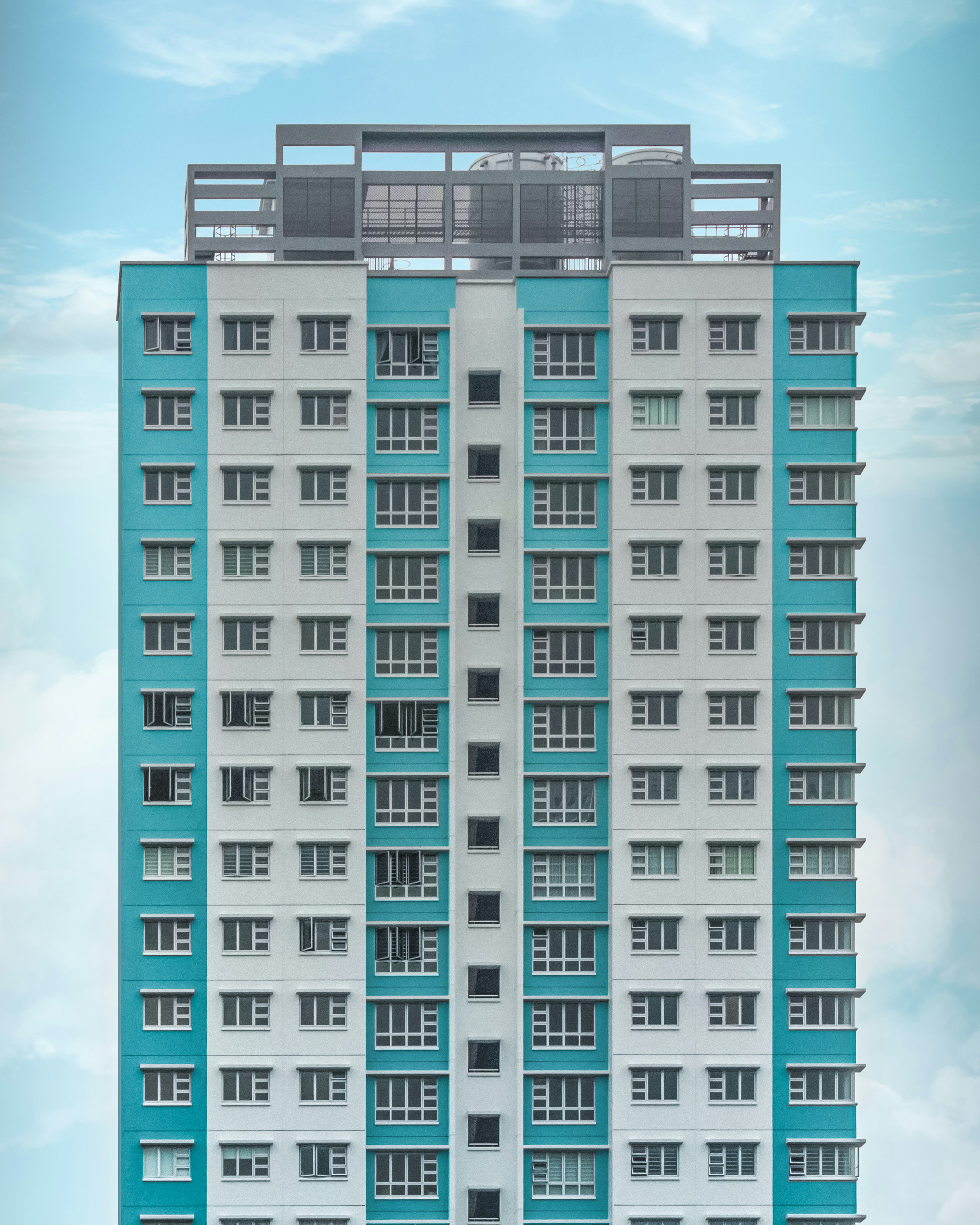Dashboards That Actually Drive Decisions

In real estate, information is inevitable, but insight is rare. If your data stack is a firehose, you need a dashboard that functions like a dam: channeling the flow, catching what matters, stopping the waste, and sending you signals that force action. Because at the end of the day, your NOI (Net Operating Income) doesn’t care how pretty your spreadsheet is; it cares whether you made, saved, or didn’t lose money.
Here’s how smart dashboards do more than report — they drive decisions — and how you can build one that actually moves the needle in your portfolio.
1. Start With the Right KPIs — Fix the Foundation
You can’t build a skyscraper without a foundation. Similarly, your dashboard needs the right Key Performance Indicators. Mistake most operators make: stuffing their dashboard with every metric they can track. Instead, pick KPIs that directly impact NOI, operational efficiency, tenant satisfaction, or risk mitigation.
Key metrics to consider:
- NOI itself, of course: revenue minus operating expenses.
- Occupancy rate vs. vacancy trends.
- Rental income per unit (or per square foot/meter).
- Operating expense ratio (maintenance, utilities, management).
- Turnover / tenant retention rates, because high turnover kills NOI.
- Lease expirations & delinquency rates (for cash flow forecasting).
- Capital expenditure (CapEx) overruns or upcoming obligations.
- Market comparables / rent growth trends if you’re considering rent adjustments.
Sources like Databox highlight that the most used metrics by real estate firms are those which expose both income and cost levers. Those two halves of NOI.
2. Real-Time + Visual + Contextual
A dashboard that updates monthly is a nice report. A dashboard that updates in real time or near-real-time turns into a control room. When you can see occupancy dips, utility cost surges, or delinquency creeping up, you act before it becomes a problem.
What makes a dashboard actionable:
- Real-time data feeds from leasing systems, property management software, utilities.
- Clear visual cues: traffic lights, red flags, trend lines. Quickly showing not just where you are, but how fast you’re drifting from target.
- Contextual benchmarks: compare performance to budget, to last year, to market averages. A vacancy of 5% is fine if it’s better than the local average or your forecast; disastrous if it’s deteriorating.
According to GoodData, dashboards that compare against historical performance & external benchmarks help you see not just how you’ve done, but where you’re going.
3. Segment and Drill Down — Portfolio View + Tactical Views
Big-picture dashboards are powerful: whole-portfolio NOI, cap rates, aggregated expenses. But decisions often need more tactical views. Where are the costs ballooning? Which properties lag in income growth? Which units are vacant longest? What’s causing tenant turnover in one building vs. another?
Structure your dashboard with multiple layers:
- Executive / portfolio overview.
- Property-level dashboards (for each asset).
- Unit or lease level (for key leases or high variance units).
- Operational dashboards for maintenance teams, leasing teams, etc.
This tiered approach lets everyone from C-suite to onsite manager see what they need to see. Hicron’s work on large-scale PropTech dashboards shows that one of the biggest values comes from letting different stakeholders have relevant “views” rather than one giant “everything” dashboard.
4. Forecasting & Predictive Alerts — Move from Reactive to Proactive
If dashboards just show what already happened, you’re always one step behind. The best dashboards combine trajectory + alerting + predictive indicators. Think:
- Forecasting rent income, expenses, vacancies based on trends.
- Alerts when KPIs deviate beyond thresholds (e.g. if operating expenses start exceeding 70% of income, or if lease expirations > X% of units within 90 days).
- Scenario modeling: What happens to NOI if you raise rents 3%, or reduce utility costs 10%, or improve occupancy by 2%.
This gives you options. It turns “hope the market holds up” into “I have a plan B, C, and D.” GoodData again emphasizes predictive analytics as a key differentiator in real estate dashboards.
5. Action-Oriented Design & Usability
A dashboard is useless if nobody uses it. Or worse, it gives misleading signals. To ensure adoption and reliable decisions:
- Clean UI, intuitive layout. Prioritize clarity over flashy charts.
- Drillthroughs: let users click to see underlying data. Why did that expense spike? Which units are dragging performance?
- Customizable for roles: what a leasing manager needs to see isn’t the same as a CFO.
- Regular clean-ups: data hygiene, source validation, ensure metrics are accurate and consistent. Garbage in = garbage decisions.
- Mobile / remote access. On site? Visiting a property? You should still see the dashboard.
6. Close the Loop — Measure Outcomes & Iterate
A decision dashboard isn’t done once built. You need feedback loops.
- After acting on a KPI (raised rent, reduced cost, changed vendor), measure if NOI moved as expected.
- If predictions were off, adjust modeling inputs.
- If certain KPIs or visualizations never get used, retire or revise them.
Build a rhythm: review dashboard outputs weekly (for operations), monthly (for finance), quarterly (for strategy). Make dashboard metrics part of your performance meetings, not just a passive display.
Why Dashboards Aren’t a ‘Nice to Have’ — They’re Competitive Necessities
- Speed matters. Markets shift fast, tenants demand more, costs creep up, regulations change. You need early warning.
- Scale amplifies mistakes. When you manage many properties, small inefficiencies multiply. Without dashboards, you’re making blind bets.
- Owners/investors demand transparency. Well-designed dashboards build confidence with stakeholders. You can show not just past results, but forecasts, plans, and how you’re managing risk.
- Tech is accessible. Many PropTech tools now offer real-time dashboards, predictive analytics, integrations. It’s no longer cost-prohibitive.
Practical Steps to Build a Dashboard That Drives Decisions (Next Level Playbook)
- Audit your data sources. Make a map: leasing system, property management, accounting, maintenance, utilities, external data (market, comparables). Identify gaps & lags.
- Define your decision moments. When do you need to act? E.g. lease renewal windows, budgeting periods, CapEx cycles, quarterly investor reviews. For each, what data would help you decide better?
- Choose your tool(s). BI software or dashboards embedded in your property management or accounting systems. Prioritize real-time / near-real-time where feasible.
- Build a minimum viable dashboard. Don’t try to include everything. Start with 3-5 high-impact KPIs. Get reliable, frequent updates, show it to your team. Collect feedback.
- Layer in alerting & forecasting. Once your “core” is stable, add predictive elements and alerts so you’re nudged when something drifts.
- Embed usage. Require dashboards in your meeting prep. Make performance and actions data-driven, not gut-feeling-driven. Assign owners (“who watches which metrics”).
Bottom Line
Dashboards alone don’t boost NOI—good dashboards that surface the right insights at the right time for the right people do. They turn data into decisions. They let you see what’s coming, move before the crisis; see what’s possible, make it real.
If your dashboards feel more like pretty mirror selfies than tactical tools, it’s time to redesign. The questions you should be asking:
- “Which metric, if improved by 5-10%, gives me the biggest NOI lift?”
- “What metric am I monitoring too late?”
- “What decisions do I make blind every month because I don’t have the data upfront?”
Answer those, build your dashboard around them, and your NOI won’t just be boosted… it will be predictable, scalable, and defensible.


